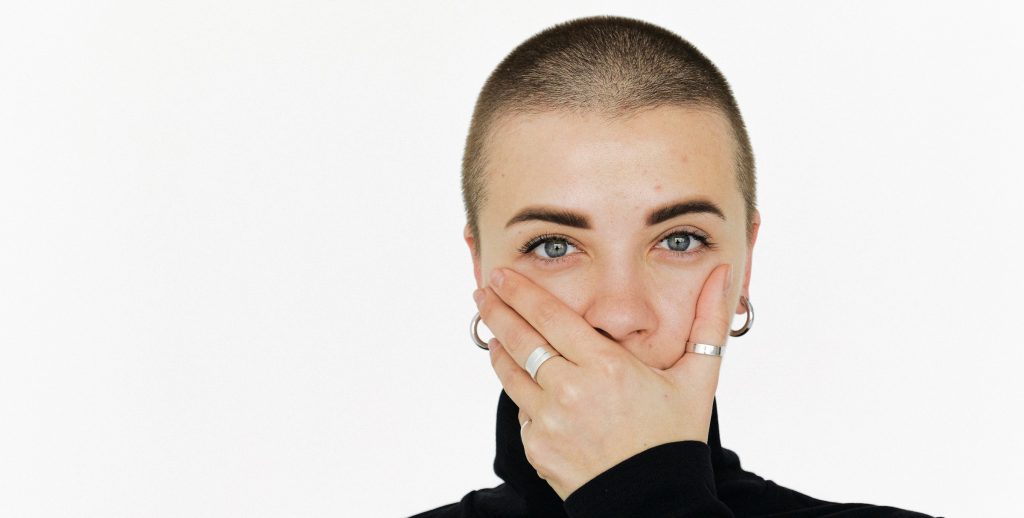If you’re worried that you might have Herpes, one of the most common signs to watch out for is the appearance of a distinctive rash.
Herpes skin rashes can take different forms, but are very distinct. Understanding what a typical Herpes rash looks like can help you identify symptoms early and seek proper testing and treatment.
In this blog, we’ll cover the stages of Herpes rash development, from the initial warning signs to the fully formed blisters and sores. We’ll also explain what kind of rashes or lesions may be mistaken for Herpes, and why getting an accurate diagnosis is crucial.
Keep reading to find out more.
What is Herpes?
Herpes is a viral infection caused by the Herpes Simplex Virus (HSV).
There are two main types of the same virus: Herpes Simplex Virus Type 1 (HSV-1) and Herpes Simplex Virus Type 2 (HSV-2).
HSV-1 primarily causes Oral Herpes, which results in cold sores or fever blisters around the mouth and lips. HSV-2 is the main cause of Genital Herpes, creating outbreaks in the genital areas. You can also get a Herpes infection in the anus. This is called Anal Herpes.
While HSV-1 usually causes Oral Herpes and HSV-2 usually causes Genital Herpes, either virus can infect the oral or genital regions through oral-genital contact.
Transmission of HSV-1 can occur from skin to skin contact, like kissing. HSV-2 infections tend to transmit sexually through vaginal sex and oral sex.
After the initial Herpes Simplex infection, the virus establishes itself within your nerve cells. Periodically, the virus reactivates, causing painful blisters and lesions in the areas where the virus first entered the body. This is usually around the genitals or mouth.
What is a rash?
In medical terms, a rash is a skin condition defined as a change in the colour, texture, or appearance of a significant portion of the skin.
Rashes tend to develop when the outer layer of the skin is damaged by inflammation, infection, or trauma. They can present in many ways, including reddened areas, bumps, blisters, scaling, or other skin lesions. They can also result from external irritants like chemicals, medications, allergens, or excessive heat or cold.
Other possible causes include hormone imbalances and circulatory issues.
What does a Herpes rash look like?
During the initial stages of a Herpes infection, you may experience itching, tingling, or burning sensations at the site of infection before any visible signs appear. This is the first precursor to the appearance of a rash.
Within a day or two of these initial symptoms, clusters of fluid-filled blisters begin to form. These blisters are typically less than 1cm in size and are often accompanied by redness and swelling of the area around them. They will continue to itch or burn and may be painful to the touch.
As the outbreak progresses, the blisters burst and leak fluid, eventually crusting over into a scab.
The sores typically crust over and begin to heal within seven to ten days.
Why does Herpes cause a rash?
Herpes Simplex Viruses can cause rashes because of your body’s immune response to them.
When your immune system detects the presence of the virus, it sends antibodies and pro-inflammatory molecules to the area.
This leads to the telltale reddening, swelling, and formation of fluid-filled blisters.
What can trigger a Herpes rash?
When you first get Herpes, you will most likely experience an initial outbreak. This outbreak will be the most severe. After the symptoms subside, the virus goes into a latent phase where you won’t experience any symptoms. Periodically, you may experience less severe outbreaks.
While these outbreaks tend to flare up at regular intervals, they can also be triggered by external factors, including:
- Periods of intense physical or emotional stress
- Fatigue
- Illness or a weakened immune system
- Friction to the affected area
- Hormonal changes around menstruation for women may promote outbreaks
- Fever
- Skin injuries
- Exposure to excessive sunlight
What does a Herpes rash feel like?
In addition to the distinctive visible lesions, those experiencing a Herpes outbreak often describe uncomfortable physical sensations in the area of the rash.
As the blisters begin to erupt, they can cause significant discomfort and pain. Many people report the area feeling sore, tender, and extremely sensitive to any friction or touch.
The blisters and sores themselves may throb, burn, itch intensely, or produce a stinging sensation, especially when ruptured.
During an initial outbreak, individuals may also experience symptoms such as fever, body aches, swollen lymph nodes, and generalised fatigue. Depending on the location, Herpes outbreaks can also be accompanied by painful urination or bowel movements.
While uncomfortable, these symptoms usually resolve within a week.
What can a Herpes rash be mistaken for?
A Herpes rash can sometimes be confused with other medical conditions affecting the skin.
It’s important to get an accurate diagnosis, as several other viruses, bacterial infections, and skin disorders can produce somewhat similar-appearing rashes or lesions, including:
- Shingles (caused by the varicella-zoster virus)
- Syphilis chancres (a stage of the Syphilis bacterial infection)
- Lymphogranuloma venereum (a bacterial sexually transmitted infection)
- Molluscum contagiosum (a viral skin infection causing pearl-like bumps)
- Insect bites or stings
- Contact dermatitis (an allergic skin rash)
Even experienced medical providers may have difficulty conclusively diagnosing Herpes based solely on visible symptoms. This is why type-specific blood testing antibodies are the most reliable way to establish a Herpes diagnosis. Getting tested allows for proper treatment and preventative measures.
How do you treat a Herpes rash?
While there is no cure for Herpes, there are things you can do to help manage outbreaks and rashes caused by both HSV-1 and HSV-2.
Antiviral drugs provide relief and shorten the duration of outbreaks. When taken orally at the first sign of an outbreak, they can reduce symptom severity, speed healing time, and lessen viral shedding.
Over-the-counter topical creams or ointments can also help relieve the pain and discomfort of Herpes lesions.
Other self-care steps include:
- Keeping the rash area clean and dry
- Avoiding tight clothing that could further irritate sores
- Taking over-the-counter pain medication as needed
- Getting plenty of rest
- Applying cool compresses to weeping sores
- Abstaining from sexual activity during outbreaks
Final thoughts
If you suspect you may have a Herpes rash or other STI symptoms, getting tested is crucial. Better2Know offers a range of high-quality, affordable STI tests, including Herpes testing services that can give you peace of mind regarding your status and sexual health.
This blog first appeared on April 26, 2024. Last updated June 7, 2025.





